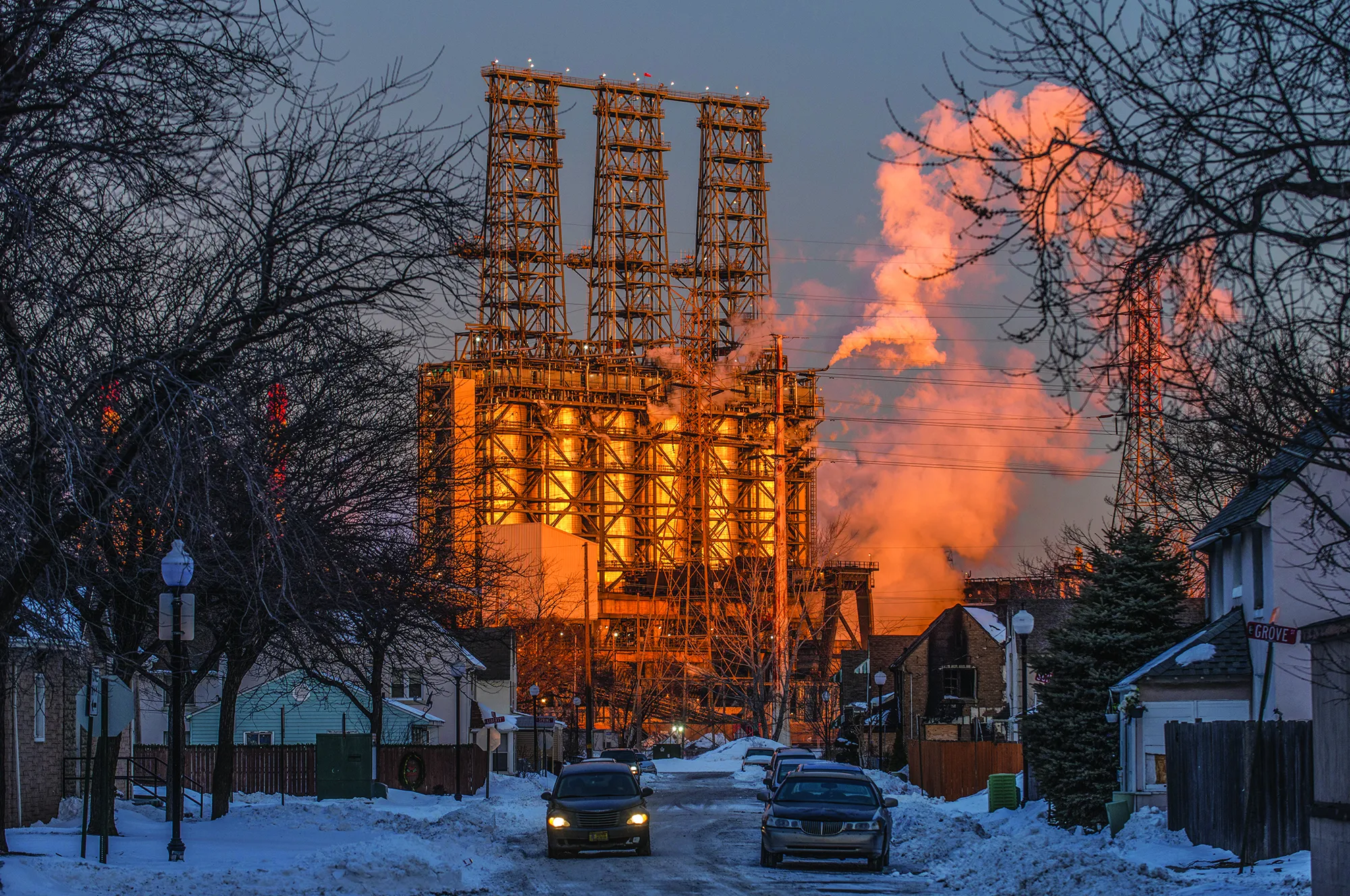Tackling Climate Change on the Ground: the Student Experience
Since 2017, the Abrams Environmental Law Clinic has advocated for federal agencies to use the Social Cost of Carbon (SCC) to inform their decisions and rules. The SCC is a monetary estimate of anticipated climate-change damages—taking into account factors such as human-health effects, flood risks, and agricultural impacts—caused by the emission of an additional ton of carbon dioxide into the atmosphere. This estimate is crucial in helping agencies quantify the cost of carbon emissions when conducting cost-benefit analyses.
The clinic first got involved in this work when it began representing Professor Michael Greenstone, the University of Chicago’s Milton Friedman Distinguished Service Professor in Economics and former chief economist at the Council of Economic Advisers under President Obama. The last three presidential administrations have each taken a different approach to using the SCC. Under President Obama, Professor Greenstone co-led an interagency working group to develop the SCC for federal agencies to use in rulemakings. The Trump administration changed course, and agencies stopped using the SCC or used an artificially low figure. On his first day in office in 2021, President Biden signed Executive Order 13990 reinstating the interagency working group to determine an appropriate, updated SCC for federal decision-making.
Our main work in this area has been participating in challenges to emissions regulations and coal leasing decisions by filing public comments and amicus briefs in relevant disputes. Last year, the clinic filed an amicus brief in the United States Court of Appeals for the District of Columbia Circuit litigation challenging President Trump’s Safer Affordable Fuel Efficient (SAFE) Vehicles Rule, which rolled back fuel standards for cars and light trucks. In that case, we argued that the Environmental Protection Agency and the National Highway Traffic Safety Administration fabricated and used an arbitrarily low estimate of the costs of carbon emissions. This undermined the agencies’ justification of the rule, as their cost-benefit analysis was flawed and severely undercounted climate damages.
We also assisted attorneys mounting challenges to the Office of Surface Mining Reclamation and Enforcement decisions to expand coal mining leases in Montana. In those cases, we argued that the Office violated environmental statute requirements by considering the economic benefits of the project when approving the project, while ignoring the costs of additional coal combustion the projects would create. Courts have ruled consistently with these arguments, finding that while there may be no legal obligation for the Office to use the SCC specifically, the Office must consider climate change costs sufficiently.
The clinic’s SCC work has had enumerable benefits—for both our clients and for me and my growth as a law student. For Professor Greenstone, we are able to help courts understand his work by explaining the benefit and rationale of using the SCC and articulating how the SCC fits into the broader legal context. We are also able to assist attorneys working on cases involving SCC issues by applying Professor Greenstone’s unique expertise to the facts of a specific case. For me, this work has honed my legal writing skills, given me the practical skills to investigate agency records, broadened my understanding of complex economic concepts, built connections for me to cutting-edge researchers at other parts of the University, exposed me to the world of federal environmental litigation, and given me the opportunity to effect change on a national and global scale. I have been fortunate to work with and learn from the leading attorneys in this field, including Sean Donahue, ’92, which has given me valuable insight into how attorneys brainstorm and strategize cases.
Assisting with the clinic’s SCC work has been far and away my most impactful experience at the Law School. This experience has been filled with moments of immense gratification and, at other times, frustration. I felt tremendous pride after filing the SAFE Rule amicus brief in the DC Circuit. The brief was a product of months of collaboration with other students and attorneys and represented some of our best work. Then, the court stayed the litigation while the Biden administration revisited the rule. This outcome drove home the fact that the clinic’s work can impact decision-makers at the highest levels of government, but sometimes outside factors can change the course of litigation.
One of my favorite moments this year was sharing our work on the SAFE Rule litigation at the Jonathan Schoer Spring Science Symposium at Valparaiso University, which explored how climate change is impacting the Great Lakes region. My teammate and I presented our work alongside experts in the climate change field, and we were challenged to break down the complexities of the SCC and the federal decision-making process for a generalist audience. The presentation was an excellent reminder of how our work affects individual communities. While Professor Greenstone’s work influences top-level debate about fuel economy, at the end of the day, the SAFE Rule will impact people driving cars, too, by leading to more fuel-efficient, climate-friendly vehicles.
